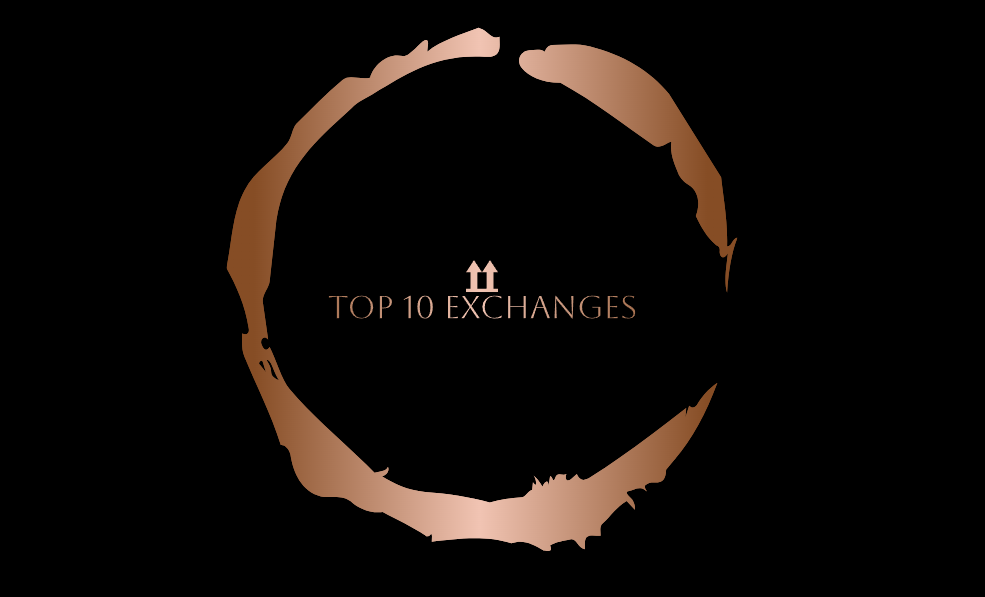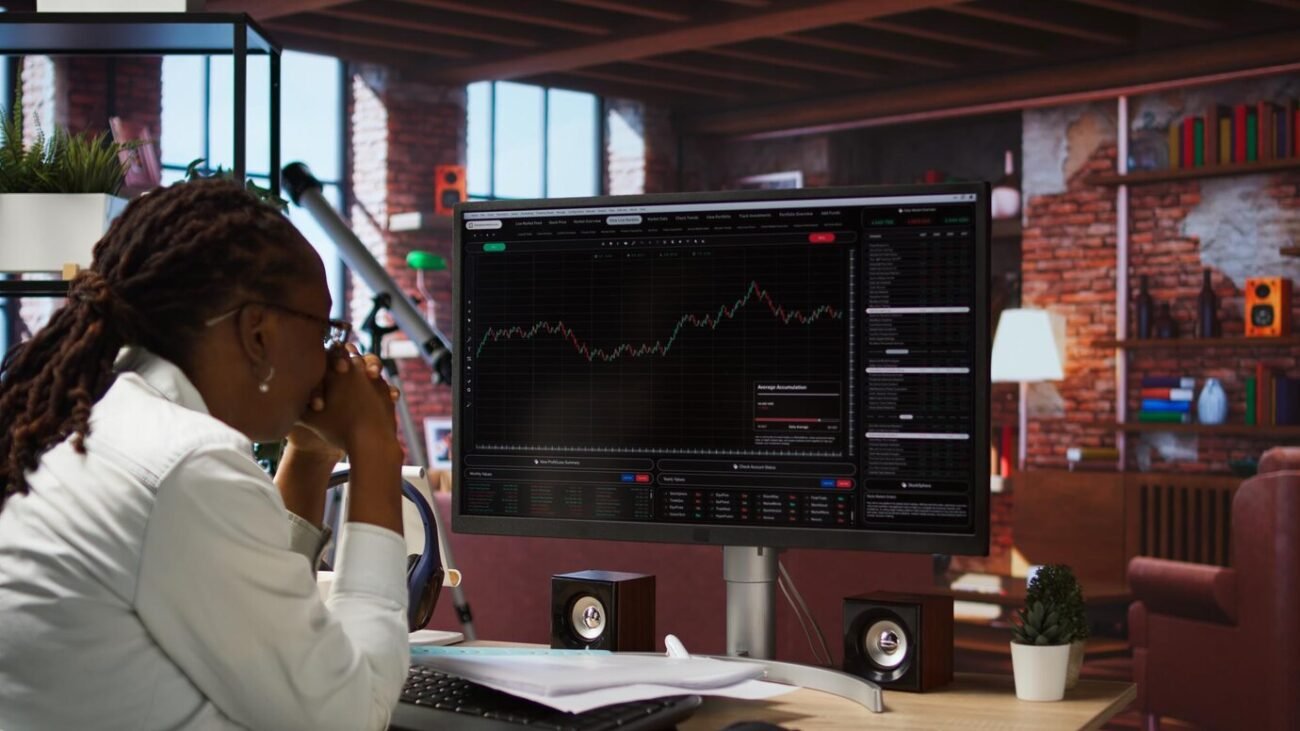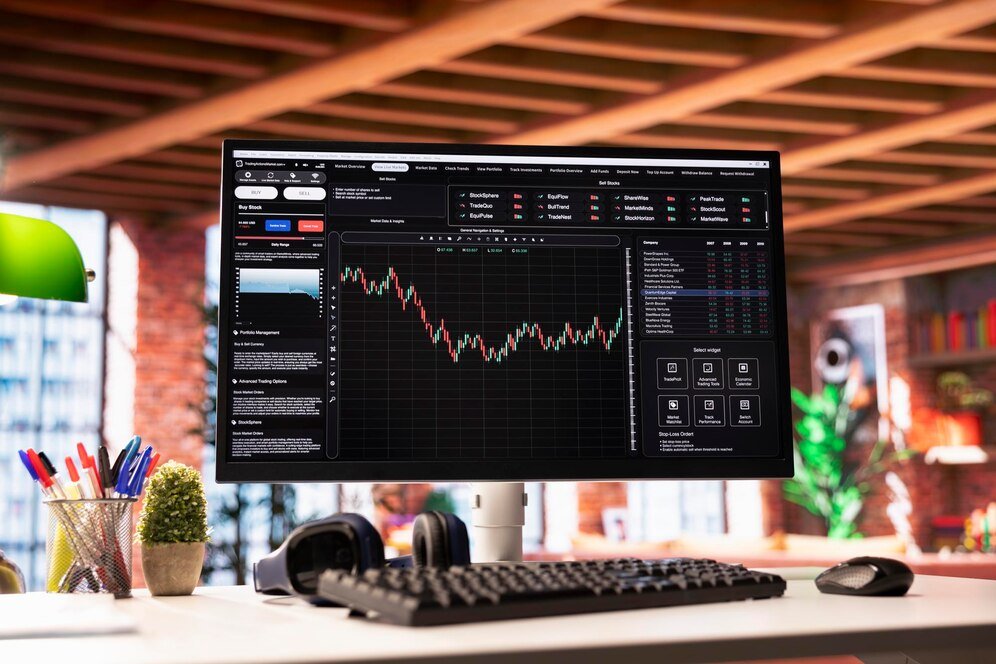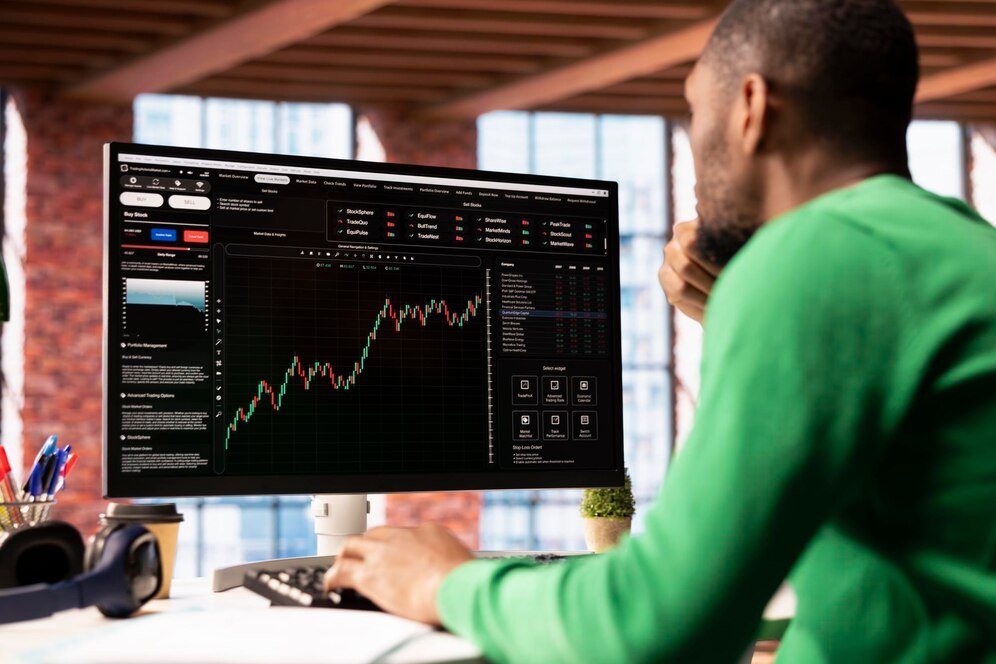For active cryptocurrency traders, low fees are essential to maximize profitability, especially when executing numerous trades daily. High trading fees can erode profits, especially for day traders and scalpers who thrive on small price movements and frequent trades. Choosing the right exchange with competitive fees can make a significant difference in your trading success.
In this blog, we’ll take a look at the top 10 crypto exchanges that offer low fees for active traders, helping you keep your trading costs down while maximizing your potential for profit.
1. Binance
Fee Structure: 0.10% for spot trades (can be reduced further with BNB, Binance’s native token)
As one of the world’s largest and most popular exchanges, Binance stands out for its extremely low fees. The standard trading fee is just 0.10%, but it can be reduced to as low as 0.02% for makers and 0.04% for takers if you pay fees using Binance Coin (BNB). Additionally, Binance offers volume-based fee discounts, so the more you trade, the lower your fees.
- Pros:
- Wide range of cryptocurrencies and trading pairs
- Fee reductions with BNB token
- Advanced trading features like margin and futures trading
- Cons:
- Complex interface for beginners
- Regulatory challenges in some countries
2. Kraken
Fee Structure: 0.16% for makers and 0.26% for takers (with discounts based on volume)
Kraken is known for its security, regulatory compliance, and low trading fees. The fee structure is based on a maker-taker model, with makers (who provide liquidity) paying lower fees than takers (who take liquidity). Fees can decrease as your 30-day trading volume increases. Kraken also offers low fees on its futures platform, making it a great option for active traders.
- Pros:
- High liquidity and low spreads
- Highly regulated, ensuring trust and security
- Wide range of cryptocurrencies and fiat pairs
- Cons:
- More complex for new users
- Withdrawal fees can be high for some assets
3. KuCoin
Fee Structure: 0.10% for spot trading, 0.02% for makers, 0.06% for takers (can be reduced with KuCoin shares)
KuCoin is a leading exchange with low fees, offering a maker-taker structure. The fees start at 0.10%, but makers (those who add liquidity) pay as little as 0.02%, and takers (those who remove liquidity) pay 0.06%. KuCoin’s native token, KCS, can be used to pay for fees and offers additional discounts. The exchange also provides many trading options like margin, futures, and staking.
- Pros:
- Wide range of altcoins and pairs
- Fee discounts with KCS token
- Advanced tools for experienced traders
- Cons:
- Not as beginner-friendly as other platforms
- Some security concerns in the past
4. Bitstamp
Fee Structure: 0.50% for less than $10,000 traded per month (lower fees for higher volume)
Bitstamp is one of the oldest and most established exchanges in the market, known for its reliable service and low fees. The base trading fee is 0.50%, but this fee drops as your monthly trading volume increases. For traders with higher volumes, fees can be as low as 0.10%.
- Pros:
- Reliable and secure platform
- Strong regulatory compliance
- Simple and easy-to-use interface
- Cons:
- Higher fees for lower volume traders
- Limited range of cryptocurrencies compared to other platforms
5. Gemini
Fee Structure: 0.35% for active traders on spot trading (lower fees with Gemini ActiveTrader)
Gemini offers a low-fee structure for active traders through its Gemini ActiveTrader platform. The fees start at 0.35% for active traders but can be reduced based on trading volume. ActiveTrader allows users to access lower fees than those offered on the standard platform, with fees as low as 0.10%.
- Pros:
- Regulatory compliance and security
- Easy-to-use interface and mobile app
- Discounts for higher-volume traders
- Cons:
- Limited altcoins compared to other exchanges
- High fees for small traders or beginners
6. Huobi Global
Fee Structure: 0.20% for spot trades (with discounts for higher volumes or using Huobi token)
Huobi is another well-known exchange offering competitive fees. The standard trading fee is 0.20%, but the fee can be lowered with the HT token (Huobi’s native token) or based on your monthly trading volume. Additionally, Huobi offers liquidity rewards, which provide extra benefits to traders who contribute liquidity to the exchange.
- Pros:
- Wide variety of cryptocurrencies and pairs
- Fee reductions through the use of HT token
- Advanced trading features
- Cons:
- Regulatory issues in some regions
- Withdrawal fees can be high for some assets
7. OKEx
Fee Structure: 0.10% for spot trading (can be reduced further with OKB token)
OKEx is a major player in the crypto exchange market, offering low fees starting at 0.10% for spot trades. Fees can be reduced further if you use the OKB token or if your monthly trading volume is high. OKEx also supports futures, margin trading, and staking, making it a great choice for active traders.
- Pros:
- Low fees with OKB token discounts
- Wide range of supported coins and trading pairs
- Advanced trading features like futures and margin trading
- Cons:
- Complex interface for beginners
- Recent regulatory issues in some jurisdictions
8. FTX
Fee Structure: 0.02% for makers, 0.07% for takers (discounts for volume and FTT token)
FTX is a rapidly growing exchange with competitive fees for active traders. The maker-taker fee structure starts at 0.02% for makers and 0.07% for takers, but traders can get discounts by holding FTT tokens or meeting certain volume requirements. FTX also offers a wide range of trading pairs, including derivatives, futures, and tokenized assets.
- Pros:
- Very competitive fees for active traders
- Discounts with FTT token and high-volume trading
- Great platform for derivatives and futures trading
- Cons:
- Limited fiat currency options for deposits and withdrawals
- Can be overwhelming for new traders due to advanced features
9. Crypto.com
Fee Structure: 0.10% for spot trading (discounts for high-volume traders and using CRO token)
Crypto.com offers low trading fees of 0.10% for spot trading, but traders can lower their fees by using CRO, Crypto.com’s native token. Additionally, users who trade large volumes or stake CRO tokens may qualify for even lower fees. Crypto.com’s wide range of services, including staking, lending, and NFTs, makes it an appealing option for active traders.
- Pros:
- Low fees and discount opportunities with CRO token
- Wide range of features, including staking and DeFi
- User-friendly app and platform
- Cons:
- High fees for small-volume traders
- Limited advanced trading tools for professionals
10. Bitget
Fee Structure: 0.02% for makers, 0.06% for takers
Bitget is a newer exchange that has quickly gained popularity among active traders due to its low fees and user-friendly interface. With a maker-taker fee structure starting at 0.02% for makers and 0.06% for takers, Bitget offers some of the most competitive fees in the market, especially for those engaging in futures trading. Bitget also provides significant discounts when users hold and stake its native token, BGB.
- Pros:
- Ultra-low fees for makers and takers
- Discount opportunities with BGB token
- Focus on futures and derivatives trading
- Cons:
- Limited fiat-to-crypto support
- Smaller range of supported assets compared to major exchanges
Conclusion:
For active traders, trading fees can make a significant impact on your overall profitability. Choosing an exchange that offers low fees while providing a wide range of trading options and advanced tools is essential to maximize your trading success.
Whether you’re looking for a high-liquidity exchange like Binance, a highly-regulated platform like Kraken, or a more specialized exchange like FTX for derivatives trading, there’s an option to suit every trader’s needs.
When selecting an exchange, make sure to also consider factors like security, user interface, and additional services offered. Low fees are important, but a good trading experience and a secure environment are equally essential for long-term success.













